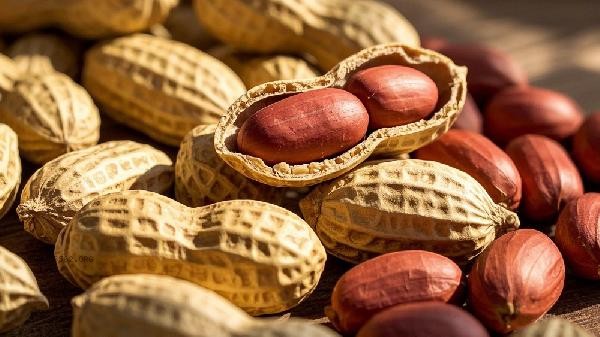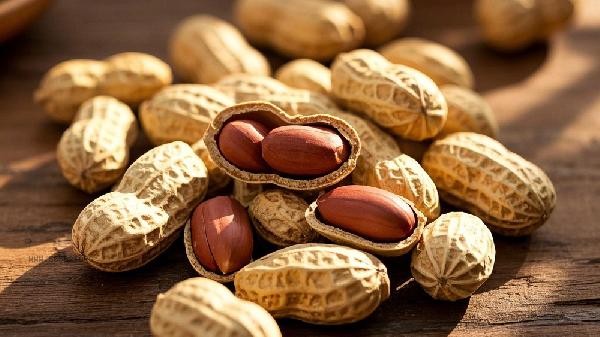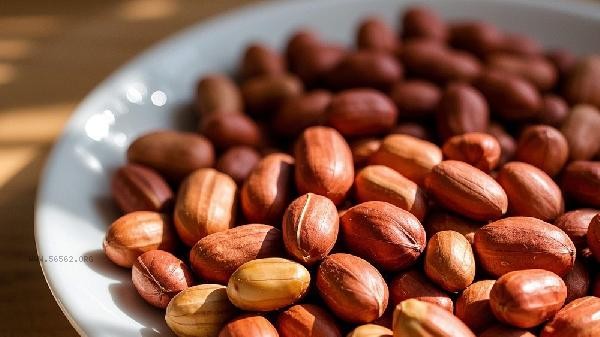The key to cooking salted peanuts lies in controlling the heat and seasoning ratio, which requires three core steps: soaking, seasoning, and simmering. The main points include material selection and treatment, water control, salinity adjustment, control of fire temperature, and storage methods.

1. Material selection and treatment
Select fresh peanuts with full and moldy particles, and soak them in water for at least 2 hours in advance to soften the skin. Shelled peanuts require manual peeling of the peanut kernels, soaking and scrubbing to remove the brown seed coat, which can reduce astringency. Damaged or sprouted peanuts should be removed to avoid affecting taste and safety.
2. Water volume control
The water volume should be completely below the height of two finger joints of peanuts, and using a clay pot or thick bottomed pot is more conducive to uniform heating. After boiling for the first time, skim off the foam and add a small amount of hot water to maintain water balance. Avoid adding water midway to break the osmotic pressure and prevent peanuts from becoming soft on the outside but hard on the inside.
3. Saltiness Adjustment
Using 15 grams of salt per 500 grams of peanuts as a reference, spices such as star anise and fragrant leaves can be added to enhance the flavor. Suggest adding salt in two portions. During the initial boiling stage, add two-thirds of the salt and replenish the remaining amount ten minutes before turning off the heat. People with hypertension can switch to low sodium salt or reduce it to less than 10 grams.

4. Control the heat
After boiling on high heat, immediately reduce the heat and simmer slowly for 30 minutes, keeping the water surface slightly stirred. Use a bamboo stick to test the ripeness. If it can easily penetrate without any hard core, turn off the heat. Avoid continuous boiling as it can cause the peanut skin to break and affect the integrity of the finished product.
5. Storage method
After cooking, continue soaking for 2 hours to allow the salty taste to penetrate, drain and lay flat to cool. Short term storage can be refrigerated in a sealed container for 3 days, while long-term storage requires freezing and repackaging. Steaming during reheating can better maintain the taste than microwave heating.

As a high protein snack, it is recommended to limit the daily intake of salted peanuts to less than 50 grams to avoid excessive sodium intake. Eating vegetables rich in potassium, such as celery and carrots, can help maintain electrolyte balance. People with weak digestive function should chew thoroughly, and patients after gastrointestinal surgery should consume with caution. Keep the kitchen ventilated during the cooking process, and people with peanut allergies should strictly avoid contact. The remaining boiled peanut water can be filtered and used as a base for broth, achieving zero waste of ingredients.








Comments (0)
Leave a Comment
No comments yet
Be the first to share your thoughts!